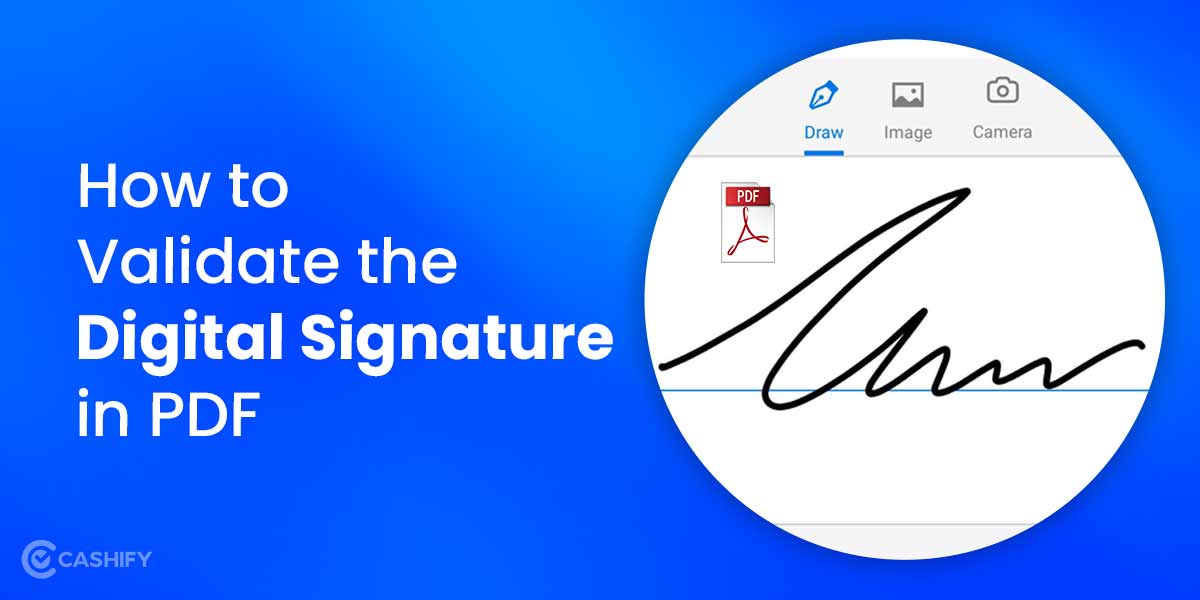In the ever-evolving landscape of digital communication and documentation, one might liken a digital signature to a modern-day seal—resilient and distinctive—an emblem of authenticity akin to the wax stamp that adorned royal decrees of yore. The critical inquiry arises: how long does a digital signature truly retain its validity? This question transcends mere curiosity; it is foundational to the integrity of digital contracts and transactions. To navigate this complex terrain, we must examine the technological underpinnings, regulatory frameworks, and the nuances that govern the lifespan of digital signatures.
The anatomy of a digital signature is rooted in cryptographic principles, mirroring the complex mechanisms that underpin cybersecurity. Essentially, a digital signature employs public key infrastructure (PKI) to ensure authenticity, integrity, and non-repudiation. When an individual digitally signs a document, a unique hash is generated and encrypted using their private key, allowing the recipient to verify the signature with the corresponding public key. This process is pivotal; however, the signature’s validity does not merely hinge on this cryptographic artistry but also on external factors that influence its lifespan.
One of the most significant determinants of a digital signature’s validity is the concept of trust. Trust is ephemeral, much like a fleeting sunset, shifting with the passage of time and the evolution of technology. In the realm of digital signatures, trust is primarily established through digital certificates issued by reputable Certificate Authorities (CAs). These entities authenticate the identity of the signer and validate the associated public key. However, this trust is not eternal; it is susceptible to erosion through advances in cryptographic analysis and changes in the CA’s status or operational integrity.
The validity of a digital signature is consequently intertwined with the integrity of its certificate. Certificates generally have a predetermined lifespan, often ranging from one to three years, after which they must be renewed or replaced. This temporal limitation creates a dichotomy: while a digital signature may initially signify authenticity, its longevity depends on the currency of its certificate. Should the certificate expire or become compromised, the signature may no longer be deemed valid, akin to a key losing its power once the lock is changed.
Moreover, the cryptographic algorithms employed to generate digital signatures must also withstand the test of time. Algorithms that were once robust may become vulnerable as computing power advances and new techniques emerge. For instance, the SHA-1 hashing algorithm, once a linchpin of digital signature creation, is now considered obsolete due to identified weaknesses that render it susceptible to collision attacks. Generally, signatures created using such compromised algorithms will eventually qualify as invalid, despite their initial legitimacy.
Additionally, the regulatory landscape plays a pivotal role in governing the validity of digital signatures. Different jurisdictions may have distinct laws and standards that define how long a digital signature remains valid. For example, the European Union’s eIDAS regulation stipulates specific guidelines for electronic signatures, promoting cross-border recognition and indicating various types of signatures—simple, advanced, and qualified. Each type possesses distinct characteristics and validity parameters, enhancing the complexity surrounding the determination of how long a digital signature remains valid within Europe versus other regions.
Integral to discussions of validity is the concept of archival practices. In a world increasingly digitized, the preservation of electronic documents, including signed contracts, necessitates robust digital preservation strategies. The challenge lies not only in retaining the document but also in ensuring that the digital signature remains verifiable through time. For this purpose, time-stamping services can be employed to unite the document’s original state with a reliable timeline. By embedding a time-stamp, it can be ascertained that the digital signature was applied during the certificate’s validity period, thus augmenting the signature’s longevity.
While digital signatures may hold a façade of permanence, their actual lifespan is contingent on multifarious aspects, including the integrity of the issuing CA, the lifespan of the digital certificate, the robustness of the cryptographic algorithm, and the relevant legal frameworks. Just as the ink on a traditional signature may fade, so too can the digital counterpart, requiring vigilant oversight to ensure its ongoing validity and applicability.
In essence, understanding the longevity of a digital signature is imperative in a world where digital transactions proliferate. Each signature could be seen as a delicate thread woven into the fabric of legality and trust. As we navigate this intricate tapestry, it becomes essential to address the fulcrum of technological integrity and the regulatory framework that governs it. A digital signature, like a living organism, must adapt to its environment, requiring regular nurturing through certification renewals and adherence to best practices in cryptographic security.
To conclude, the question of how long a digital signature remains valid is as intricate as it is vital. It encapsulates the interplay between technological prowess, regulatory rigor, and human vigilance. As such, maintaining the validity of a digital signature demands both foresight and due diligence, ensuring that the signatures we affix in the digital world retain their significance far beyond the immediate moment.








Leave a Comment